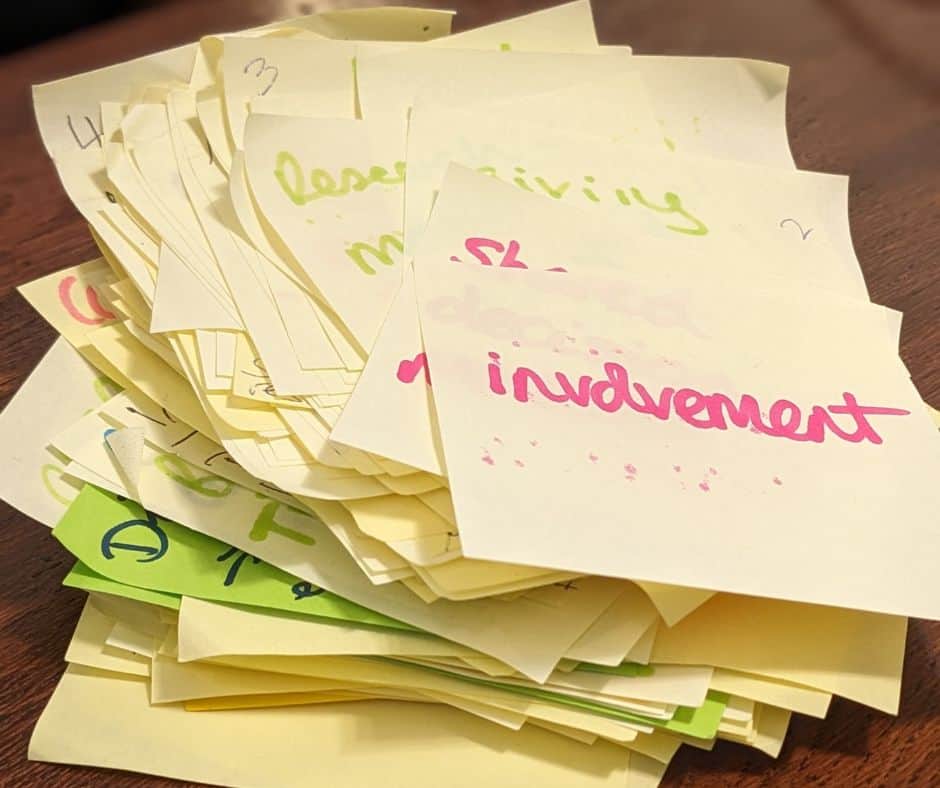Earlier this year, we published the results of audience research exploring attitudes towards R&D and R&D investment, carried out in a series of surveys in 2022-23 by research agency Public First. This found that while there is strong support for R&D, many struggle to see how it benefits them, risking R&D investment being seen as a luxury, especially during financial crises.
Through that work we identified some potentially strong framings to make the case for R&D, and we are today publishing the results of two nationally representative polls that focused on R&D messaging and visuals, each conducted in February 2023 and sampling 4,000 UK adults.
Our rigorous testing sought to generate evidence for a range of situations that advocates and communicators may face; whether we must get our message across in one word, one sentence, one paragraph or one image.
Some of our results confirm existing best practice, for instance emphasising that R&D messaging and visuals must be exciting, inspiring and convey a message to capture audiences’ attention. But rather than focusing on one topic or message, we have explored a range of framings and visuals, asking why different audiences respond better to some messages than others. This has created a rich dataset for everyone in the sector to draw from while allowing us all to check and challenge our assumptions.
In addition, our new dataset also explores what would convince people of the value of R&D investment or make them want to learn more, and offers more detail on what opportunities audiences currently have to engage with R&D.
We can’t expect R&D to be a doorstep issue for all of the people we want to reach, so if we want our messages to be heard we need to make every choice count – from the specific terms we use, to the look and feel of the visuals we put around R&D.
What makes R&D messaging and visuals effective?
Results from our 2022 polling showed that the most effective framings for R&D messaging were problem-solving, personal benefit and improving things for future generations, and we used this as the basis for our in-depth message testing.
A common thread across both messaging and visual testing was the importance of both clarity and excitement to win over the public, while messages that were cheesy or exaggerated R&D’s importance or abilities were less well received.
The newly published results can be found across our Public Attitudes to R&D pages – as detailed below – and the data tables can be downloaded here.
The Terminology considers the shortest possible messages: taglines and slogans. Our previous research found that the Government’s “science superpower” tagline hadn’t cut through with the public, and this research sought to identify better framings. Tangible and inspiring slogans, like “Invest today to save tomorrow” performed best, in contrast with those seen as cheesy, like “Hello Tomorrow”.
The updated Messages and Messaging section focuses first on shorter messaging – where the message has to be conveyed in a sentence. We found that clear, convincing and realistic statements perform well, such as “Research and Development is the best way of building today’s ideas and tomorrow’s solutions”.
The same section explores longer narratives, where there is an opportunity to convey a message in multiple sentences. Positively, we found that there are many potential narrative set ups to communicate the purpose of R&D, or to counter realistic arguments against investing in R&D, such as the idea that fixing big problems takes time and money.
The Visual Concepts section brings our findings to life with a set of 18 different visual concepts that explores how people respond to seeing R&D related ideas portrayed in different ways. The findings emphasise the importance of a message that is visually interesting without being confusing.
What would it take to convince people of the value of R&D investment?
In addition to the more practical aspects of these opinion polls, we are also publishing data on public appetite for more information on R&D and potential ways to convince the public of the value of R&D investment. These results can be found in the Opportunities to Engage section.
A majority of respondents to our February polling said that they would be interested in finding out more about why the UK invests in R&D, with more than a third saying they would be convinced to seek out more information on UK investment if an invention that benefitted their own lives came out of Government funded R&D.
Similarly, respondents were most likely to say that examples of current R&D and its potential impact, and past examples of R&D’s positive impact would persuade them that R&D, and R&D investment, was worthwhile.
It is notable that a plurality of respondents said they would seek out more information on the topic from Government sources, but – as described in our previous data release (see Messengers), our research elsewhere found that these sources do not command a broad or high level of trust. There is a clear opportunity for those of us working within the R&D sector to fill this information gap.
Putting our findings into practice
The data we have generated through our research has been essential to inform the Discovery Decade’s work, and provides an evidence base from which R&D advocates can draw when engaging with different public audiences. However, it is vital that we translate these findings into practice.
This is where a lot of the team’s focus will be over the next year, including through a series of place-based workshops, the development of visual messaging to support the R&D sector’s messaging, and incorporating the research findings into the sector’s influencing ahead of the General Election.
We are keen to work with organisations and individuals across disciplines and sectors to explore how we can put our findings into practice. If you’re interested in this, you can contact the team here, or sign up to receive updates on the Discovery Decade project here.



